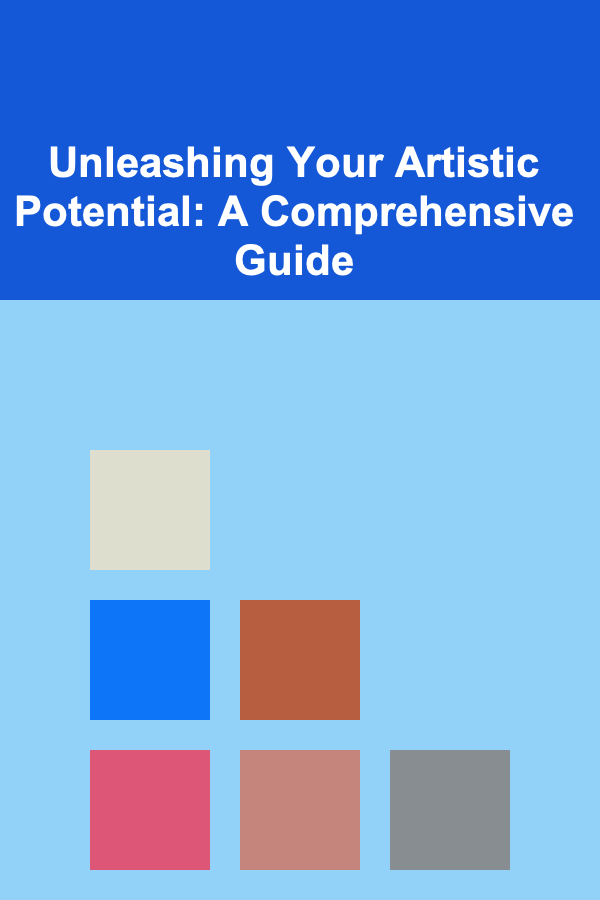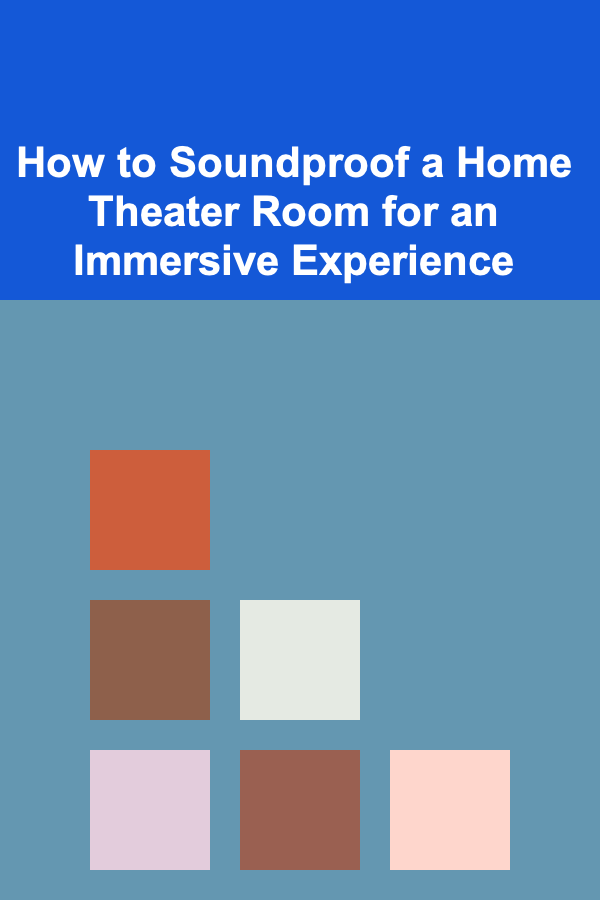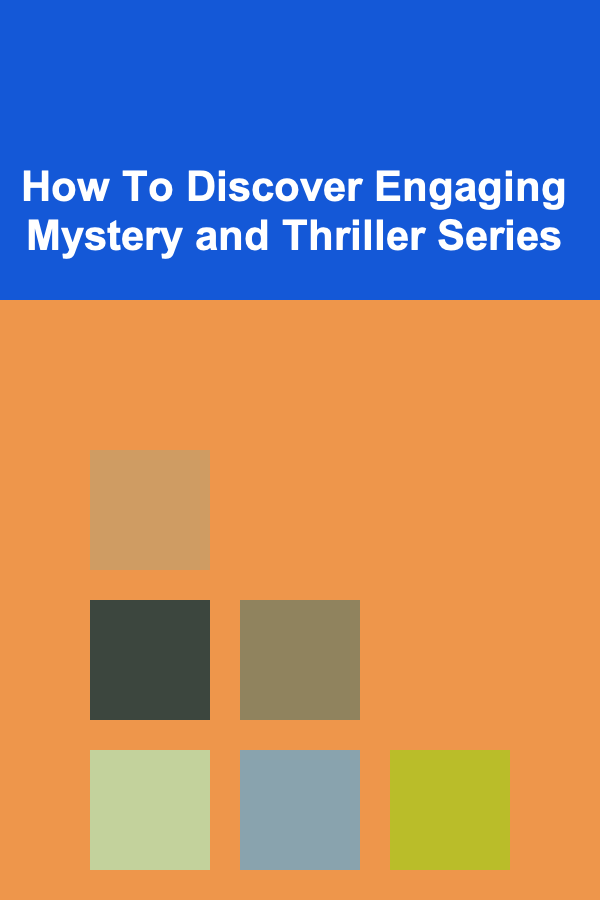
Unleashing Your Artistic Potential: A Comprehensive Guide
ebook include PDF & Audio bundle (Micro Guide)
$12.99$10.99
Limited Time Offer! Order within the next:

The pursuit of artistic expression is a deeply human endeavor. From the cave paintings of Lascaux to the digital masterpieces of today, art serves as a conduit for emotion, a catalyst for thought, and a reflection of our shared experience. While some may believe that artistic talent is an innate gift, the reality is that artistic potential resides within us all, waiting to be discovered, nurtured, and unleashed. This comprehensive guide explores the multifaceted journey of unlocking your artistic potential, delving into the mindset, practices, and strategies that can empower you to create with confidence and authenticity.
I. Dismantling the Myths of Artistic Talent
One of the most significant barriers to artistic exploration is the pervasive myth of innate talent. The idea that only a select few are "born artists" can be incredibly discouraging, preventing countless individuals from even attempting to express themselves creatively. It's crucial to understand that artistic ability is not a fixed trait but rather a skill that can be developed through deliberate practice, experimentation, and a willingness to learn.
- Myth 1: Talent is innate. This is perhaps the most damaging myth. While some individuals may possess a natural aptitude for certain artistic skills, such as a keen eye for color or exceptional hand-eye coordination, these advantages merely provide a head start. Ultimately, consistent effort and dedicated learning are far more crucial for achieving artistic mastery. Think of it like sports -- some are naturally gifted, but even they need to practice relentlessly to reach their peak performance.
- Myth 2: You're either good or you're not. Art is a journey of continuous improvement, not a destination of perfection. Every artist, regardless of their current skill level, started somewhere. Comparing your work to that of established artists can be demotivating. Instead, focus on tracking your own progress and celebrating small victories along the way.
- Myth 3: Art must be "beautiful" or "perfect." Art is subjective. What one person considers beautiful, another may find unappealing. Moreover, perfection is an illusion. Embrace imperfections as part of your unique artistic voice. Sometimes, the most compelling art arises from embracing flaws and unexpected outcomes.
- Myth 4: Art must be original. Inspiration often stems from existing works. While outright plagiarism is unacceptable, building upon the ideas and techniques of other artists is a natural part of the learning process. As you develop your skills, you will gradually begin to synthesize your influences and create something truly your own. Remember the adage, "Good artists copy, great artists steal." This refers not to literal theft, but to absorbing and transforming influences into something new.
By challenging these limiting beliefs, you can create a more supportive and encouraging environment for your artistic growth. Embrace the mindset of a learner, be open to experimentation, and focus on the process of creation rather than solely on the end result.
II. Cultivating the Artistic Mindset
Unleashing your artistic potential requires more than just technical skill; it also demands a specific mindset that fosters creativity, resilience, and a willingness to embrace the unknown. Cultivating this mindset involves several key elements:
- Embrace Curiosity: A curious mind is a fertile ground for artistic inspiration. Ask questions, explore new ideas, and be open to learning about different cultures, perspectives, and art forms. Read widely, visit museums, attend performances, and engage in conversations with other artists and creative individuals. Don't be afraid to delve into subjects that intrigue you, even if they seem unrelated to your current artistic pursuits. Unexpected connections often lead to groundbreaking innovations.
- Practice Mindfulness and Observation: Art often stems from keen observation of the world around us. Practice mindfulness by paying attention to the details of your environment -- the play of light and shadow, the textures of different surfaces, the subtle nuances of human expression. Engage all your senses and try to see the world with fresh eyes. This heightened awareness will enrich your artistic vocabulary and provide you with a wealth of inspiration.
- Cultivate a Growth Mindset: Carol Dweck's concept of the growth mindset is particularly relevant to artistic development. A growth mindset is the belief that your abilities are not fixed but can be developed through effort, learning, and perseverance. Embrace challenges as opportunities for growth, view failures as learning experiences, and be persistent in your pursuit of improvement. Remember that setbacks are inevitable, but they don't define your potential.
- Embrace Imperfection and Experimentation: Don't be afraid to make mistakes. Experimentation is essential for artistic growth. Try new techniques, explore different materials, and push yourself outside of your comfort zone. Allow yourself to create "bad art" -- it's often through these experiments that you discover new approaches and unlock unexpected possibilities. The pressure to create perfect work can stifle creativity. Embrace the freedom to explore and experiment without judgment.
- Develop Self-Compassion: Artistic endeavors can be emotionally vulnerable. It's important to develop self-compassion and treat yourself with kindness and understanding, especially during times of self-doubt or frustration. Acknowledge your efforts, celebrate your progress, and forgive yourself for your mistakes. Remember that artistic growth is a marathon, not a sprint.
- Build a Supportive Community: Surround yourself with people who encourage and support your artistic aspirations. Join art groups, attend workshops, and connect with other artists online. Sharing your work with others and receiving constructive feedback can be invaluable for your growth. A supportive community can also provide encouragement and motivation during challenging times.
By actively cultivating these aspects of the artistic mindset, you can create a powerful foundation for unlocking your creative potential and embarking on a fulfilling artistic journey.
III. Practical Strategies for Artistic Development
While mindset is crucial, it must be complemented by practical strategies that facilitate skill development and creative exploration. Here are some effective approaches:
- Set Realistic Goals: Break down your artistic goals into smaller, more manageable steps. Instead of aiming to become a "master painter" overnight, focus on mastering a specific technique, completing a series of smaller projects, or learning from a particular artist. Achieving these smaller goals will build your confidence and momentum.
- Practice Regularly: Consistency is key. Even short periods of regular practice can yield significant results over time. Schedule dedicated time for your art, even if it's just for 15-30 minutes each day. Treat this time as a non-negotiable appointment.
- Study the Masters: Learn from the great artists who have come before you. Study their techniques, analyze their compositions, and try to understand their artistic intentions. Copying the works of masters can be a valuable exercise for developing your skills and understanding artistic principles. However, remember that the goal is to learn, not to plagiarize.
- Experiment with Different Mediums and Techniques: Don't limit yourself to a single medium or technique. Explore different possibilities to discover what resonates with you. Try painting with watercolors, oils, or acrylics. Experiment with drawing with charcoal, pencils, or ink. Explore sculpting, photography, digital art, or any other art form that interests you.
- Take Classes and Workshops: Formal instruction can provide valuable guidance and feedback. Take classes and workshops to learn new techniques, refine your skills, and connect with other artists. Consider online courses as a convenient and affordable option.
- Seek Feedback and Critique: Sharing your work and receiving constructive feedback is essential for growth. Join an art group or find a mentor who can provide honest and insightful critiques. Be open to feedback, even if it's difficult to hear. Use it as an opportunity to identify areas for improvement.
- Keep a Sketchbook: Carry a sketchbook with you wherever you go and use it to capture ideas, observations, and sketches. A sketchbook is a safe space to experiment, practice, and develop your artistic voice. Don't worry about creating perfect drawings; focus on capturing the essence of what you see and feel.
- Set Up a Dedicated Workspace: Having a dedicated workspace can help you focus and create a conducive environment for artistic expression. Even if it's just a small corner of a room, make sure it's organized, well-lit, and free from distractions.
- Incorporate Art into Your Daily Life: Look for opportunities to integrate art into your everyday routine. Visit museums and galleries, attend concerts and performances, and surround yourself with beautiful and inspiring objects. Make art a part of your life, not just a hobby.
- Document Your Progress: Keep a record of your artistic journey. Take photos of your work, write down your thoughts and reflections, and track your progress over time. This documentation will help you see how far you've come and provide motivation to continue learning and growing.
IV. Overcoming Creative Blocks and Self-Doubt
Creative blocks and self-doubt are common experiences for artists of all levels. It's important to develop strategies for overcoming these challenges and maintaining momentum in your artistic journey.
- Identify the Root Cause: Try to understand the underlying reasons for your creative block. Are you feeling overwhelmed, stressed, or burnt out? Are you lacking inspiration or motivation? Are you afraid of failure or criticism? Identifying the root cause can help you develop targeted solutions.
- Take a Break: Sometimes, the best way to overcome a creative block is to step away from your art and engage in activities that you enjoy. Go for a walk, listen to music, spend time with loved ones, or pursue other hobbies. A change of scenery and a mental break can often spark new ideas and perspectives.
- Try a Different Approach: If you're stuck on a particular project, try approaching it from a different angle. Experiment with a different medium, technique, or subject matter. Try setting a timer and forcing yourself to create something, anything, for a specific period. Sometimes, simply starting is the hardest part.
- Seek Inspiration: Look for inspiration in the world around you. Visit museums, galleries, or libraries. Read books, watch movies, or listen to music. Talk to other artists or creative individuals. Explore different cultures and perspectives. The more you expose yourself to new ideas, the more likely you are to find inspiration.
- Focus on the Process, Not the Product: When you're feeling blocked, it can be helpful to shift your focus from the end product to the process of creation. Remind yourself that the goal is to explore, experiment, and learn, not to create a masterpiece. Embrace the joy of the creative process and allow yourself to make mistakes.
- Reframe Your Thoughts: Challenge negative self-talk and replace it with positive affirmations. Instead of thinking "I'm not good enough," try thinking "I'm learning and growing with each creation." Focus on your strengths and accomplishments, and remind yourself of your potential.
- Practice Self-Care: Taking care of your physical and mental health is essential for maintaining creativity and resilience. Get enough sleep, eat a healthy diet, exercise regularly, and practice stress-reduction techniques such as meditation or yoga.
- Remember Your "Why": Reconnect with your passion for art. Remind yourself why you started creating in the first place. What do you hope to achieve through your art? What emotions do you want to express? Reconnecting with your "why" can reignite your motivation and help you overcome creative blocks.
- Embrace the Mess: Art can be messy, both literally and figuratively. Don't be afraid to make mistakes or experiment with unconventional methods. Sometimes, the most unexpected results come from embracing the messiness of the creative process.
V. Finding Your Unique Artistic Voice
Ultimately, the goal of artistic development is to find your unique artistic voice -- the distinct style, perspective, and message that sets your work apart. This is a journey of self-discovery, requiring introspection, experimentation, and a willingness to embrace your individuality.
- Explore Your Interests and Passions: What are you passionate about? What issues are important to you? What stories do you want to tell? Your interests and passions will naturally inform your artistic voice. Create art that reflects your values and beliefs.
- Experiment with Different Styles and Techniques: Don't be afraid to try new things. Explore different artistic styles and techniques to see what resonates with you. Mix and match different approaches to create something that is uniquely your own.
- Draw Inspiration from Your Personal Experiences: Your personal experiences are a rich source of inspiration. Draw upon your memories, emotions, and observations to create art that is authentic and meaningful.
- Develop Your Own Visual Language: Experiment with different colors, shapes, lines, and textures to create a visual language that is uniquely your own. Consider the symbolic meanings of different elements and how they can be used to convey your message.
- Be Authentic and Honest: Don't try to imitate other artists. Be true to yourself and create art that reflects your own unique perspective. Authenticity is key to finding your artistic voice.
- Don't Be Afraid to Be Vulnerable: Art can be a powerful tool for expressing emotions and sharing your vulnerability. Allow yourself to be open and honest in your work, even if it feels uncomfortable.
- Seek Feedback, But Trust Your Intuition: While feedback can be valuable, ultimately, you must trust your own intuition. Develop a sense of what feels right for your art and don't be afraid to go against conventional wisdom.
- Be Patient: Finding your artistic voice is a process that takes time and effort. Don't get discouraged if you don't find it right away. Keep experimenting, keep learning, and keep creating. Eventually, your unique artistic voice will emerge.
- Embrace Your Imperfections: Your flaws and quirks are what make you unique. Don't try to hide them; embrace them and let them shine through in your art.
VI. Sustaining Your Artistic Journey
Unleashing your artistic potential is not a one-time event but rather an ongoing journey. Sustaining this journey requires a commitment to lifelong learning, continuous self-reflection, and a passion for creative exploration.
- Continue Learning: Never stop learning and growing as an artist. Take classes, attend workshops, read books, and explore new techniques. Stay curious and be open to new ideas.
- Set New Goals: Continuously challenge yourself by setting new artistic goals. Experiment with different mediums, explore new subject matter, and push yourself outside of your comfort zone.
- Reflect on Your Work: Regularly reflect on your artistic process and your finished work. What did you learn? What could you have done differently? What are your strengths and weaknesses? Self-reflection is essential for continuous improvement.
- Stay Connected: Maintain connections with other artists and creative individuals. Share your work, seek feedback, and collaborate on projects. A supportive community can provide encouragement and inspiration.
- Give Back: Share your knowledge and skills with others. Teach a class, mentor a young artist, or volunteer your time to an art organization. Giving back can be a rewarding way to sustain your artistic journey and make a positive impact on the world.
- Celebrate Your Successes: Acknowledge and celebrate your accomplishments, no matter how small. Reward yourself for your hard work and dedication. Recognizing your successes will help you stay motivated and inspired.
- Embrace Change: Your artistic style and interests may evolve over time. Be open to change and allow your art to reflect your personal growth. Embracing change will keep your artistic journey fresh and exciting.
- Remember Your "Why": Periodically reconnect with your passion for art and remind yourself why you started creating in the first place. Your "why" will be your guiding light throughout your artistic journey.
- Practice Gratitude: Be grateful for the opportunity to express yourself creatively. Appreciate the beauty and wonder of the world around you, and let that gratitude fuel your artistic endeavors.
By embracing these principles and strategies, you can unlock your artistic potential and embark on a lifetime of creative fulfillment. The journey may be challenging at times, but the rewards -- the joy of self-expression, the power to connect with others, and the satisfaction of creating something meaningful -- are immeasurable. So, embrace the unknown, trust your instincts, and let your artistic spirit soar.

How to Make Money Online as a Podcast Scriptwriter: 10 Actionable Ideas
Read More
How to Renovate Your Home for a More Open Floor Plan
Read More
How to Soundproof a Home Theater Room for an Immersive Experience
Read More
The Product Marketing Manager's Guide: Strategies for Driving Product Success
Read More
How to Get Started with 3D Printing at Home
Read More
How To Discover Engaging Mystery and Thriller Series
Read MoreOther Products

How to Make Money Online as a Podcast Scriptwriter: 10 Actionable Ideas
Read More
How to Renovate Your Home for a More Open Floor Plan
Read More
How to Soundproof a Home Theater Room for an Immersive Experience
Read More
The Product Marketing Manager's Guide: Strategies for Driving Product Success
Read More
How to Get Started with 3D Printing at Home
Read More